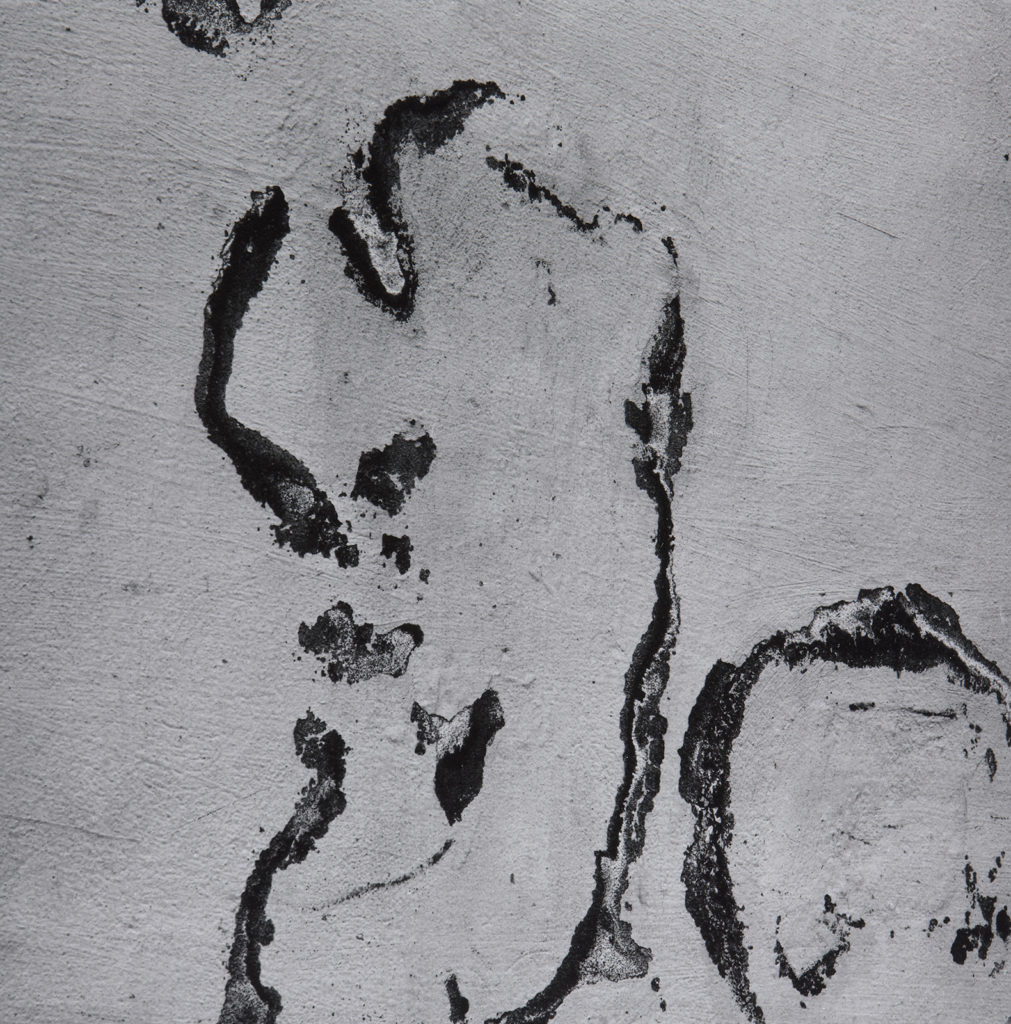Aaron Siskind, 1903–1991
Veracruz, 215, 1973
Veracruz, 215 is a 1973 work by Aaron Siskind. It is part of the IMMA Permanent Collection.
| Medium | Gelatin silver print |
| Dimensions |
Unframed, 22.8 x 22.8 cm Framed, 44 x 40.5 cm |
| Credit Line | IMMA Collection: Donation, David Kronn Collection, 2015 |
| Item Number | IMMA.3982 |
| Copyright |
© Aaron Siskind Foundation For copyright information, please contact the IMMA Collections team: [email protected]. |
| Tags |
